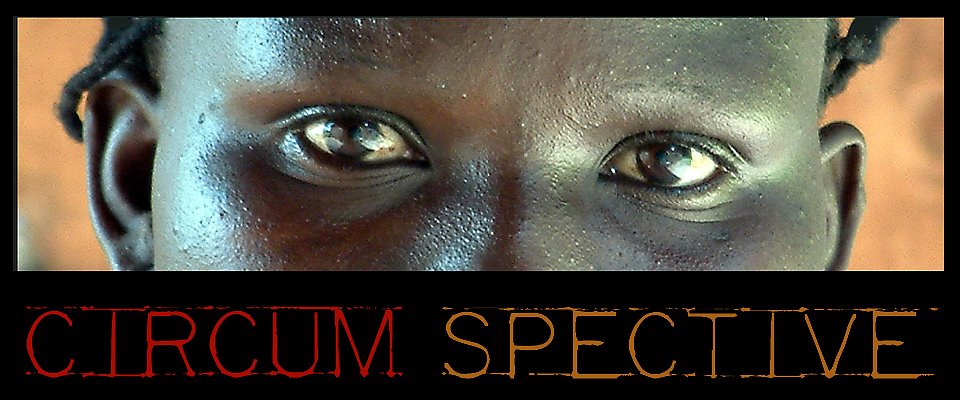the myth about global warming
Notice I did not write: the myth of global warming, but rather the myth "about" global warming. It is getting a little warmer lately. But if you believe the scientists whose work led to the conclusions in this article, it simply has nothing to do with human activity, and there is nothing we can do to prevent it.
CAMBRIDGE, Mass. (AP) -- Barack Hussein said Friday that opponents of his energy bill are disputing the evidence of global warming in a cynical ploy to undermine efforts to curb pollution and steer the nation to greener energy sources. Obama says some opponents "make cynical claims that contradict the overwhelming scientific evidence when it comes to climate change ..." For example, the U.S. Chamber of Commerce and National Association of Manufacturers oppose reducing emissions by allowing companies to buy and sell permits to pollute, a system known as cap and trade. [This "cap & trade" thing is a whole other fiasco for separate discussion in another post.]
___________________________________________
Below I have included excerpts from another "cynical claim" that contradicts the myth that human industry is causing "global warming" ... and the accompanying myth that humans can affect any significant change in the world's average temperature. I think this author and his colleagues know a little something about the subject (review his credentials at the end).
Twin Ice Cores from
Earth in Space, Vol. 9, No. 2, October 1996, pp. 12-13. © 1996 American Geophysical
Locked within two cores of ancient ice is evidence of unprecedented swings in Earth's climate throughout the ages. These icy archives tell us that large, rapid, global change is more the norm for the Earth's climate than is stasis.
by R. Alley, The Pennsylvania State University, University Park; P. Mayewski, University of New Hampshire, Durham; D. Peel, British Antarctic Survey, Cambridge, England; and B. Stauffer, University of Bern, Bern, Switzerland
Two projects conducted from 1989 to 1993 collected parallel ice cores just 30 kilometers apart from the central part of the
These millennial-scale events represent large climate deviations that probably include change in temperature of many degrees Celsius, twofold changes in snow accumulation, large changes in how much wind-blown dust and sea salt were carried by the atmosphere, and large changes in methane concentration. Changes during these events commonly occur over decades or less. Shifts in the patterns of atmospheric circulation could explain the rapidity and magnitude of these events. Most recently, subtle versions of these rapid climate change events were identified through the reconstruction of atmospheric circulation patterns in the Holocene portion of the
Ice Cores Challenge Standing Theories
Initial interpretation of the ice cores indicated that the large, rapid climate oscillations that dominate the record of the last 110,000 years also persisted through the previous warm period, the Eemian, which took place about 120,000–130,000 years ago. Both cores also show rapid oscillations in climate during that time period, but with different timing and character. In both cores, there is evidence of ice flow beginning at or slightly above the depth at which difference in their climate records appears—roughly 2800 m, or approximately 110,000 years ago. Ice flow disturbs the climate record by allowing ice from different layers to mix. The amounts of gases in both cores differ from those of the Vostok,
Measurements of gas-bubble compositions from Antarctic cores provide the best paleorecords of CO22 in the
Ice Cores Lead to Progress in Related Research
Great progress is being made on more basic science as well. The ability to count annual layers in the cores well into the glacial period and probably through 110,000 years will help to answer questions about the timing of the glacial periods and the usefulness of radiocarbon calibrations. The use of volcanic markers (such as dust and certain gases) and atmospheric-oxygen isotopic ratios to determine the ages of ice cores and ocean records greatly extends scientists' ability to map climate changes and understand their causes.
Reconstruction of atmospheric circulation patterns and their changes over time from chemical indicators and dust sources provides new insight into the large, rapid changes documented in the cores. Vigorous work on the air-snow transfer function for chemicals and particulates is clarifying the significance of the paleoclimatic records. Glacier geophysics and flow modeling, coupled with physical and electrical studies of ice cores, are leading to better understanding of the ice cores and ice-sheet behavior, and possible contributions to sea level change. Many studies are underway to help understand the
Source: Eos, May 28, 1996, p. 209.
the Author of this article (Paul Mayewski)...
was born in
Today his research team provides a primary building block for one of the better-known global change facilities in the world, the Institute for the Study of Earth, Oceans and Space. As Director of Climate Change Research Center, which he founded, he has led more than 25 expeditions to the Antarctic, the Arctic, and the
.jpg)